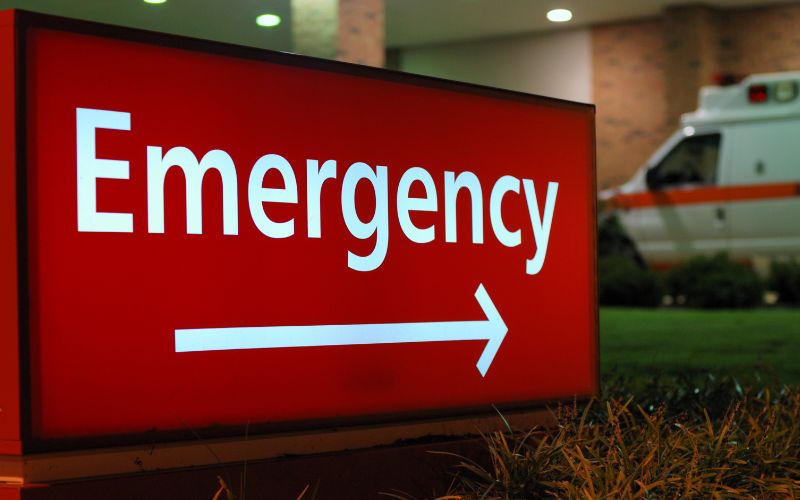
- Details
- By Elyse Wild
While Native Americans are at the highest risk for suicide, they are significantly less likely to go to the emergency room with self-inflicted injuries than non-Nativces, according to a new study.
Titled "A Call for Help: A Retrospective National Study of Self-Inflicted Trauma Among American Indians and Alaskan Natives," the study examined emergency room data from the National Trauma Data Bank from 2012-2017. Native Americans accounted for 1,176 out of nearly 80,000 patients studied.
Compared to non-Native patients, the study found Native Americans who were treated in emergency rooms for self-harm were younger, more likely to be female, and covered under Medicaid. Also, Natives were more likely to sustain self-injury from cutting or piercing with objects, while non-Natives were more likely to present with a firearm injury.
Natives also showed a lower rate of mortality from self-inflicted injuries in emergency rooms despite bearing the highest rates of suicide. Authors noted this finding could speak to the lack of access to emergency medical services and distance from trauma centers due to the remote location of reservations.
An underfunded Indian Health Service and systemic inequities leave Indigenous communities in a virtual freefall when it comes to mental health services. A recent article published in Kaiser Health News featured a Blackfeet mother struggling to find resources for her 15-year-old son who had survived a suicide attempt. She told the reporter that after a week, an inpatient mental health unit, IHS provided him with twice-monthly 15-minute telehealth visits. Those were eventually reduced to once a month.
Suicide rates among Indigenous youth ages 10-24 are the highest of all racial groups. While suicide rates increased overall by 5% from 2018-2021, suicide rates among Native youth increased by 33.7%.
Generational trauma, colonialism, and persistent historical inequities have led Native communities to experience precursors to mental health issues at higher rates than other groups.
More Stories Like This
Office on Violence Against Women Government-to-Government Tribal Consultation Set for Jan. 21 - 23 at Mystic LakeBREAKING: Feds Reverse $2B in Cuts to Addiction, Mental Health; Native Programs Restored
Trump Administration Cuts End Five Indigenous Health Programs at Johns Hopkins
Navajo MMDR Task Force Addresses Gaps in Missing Persons Cases, Strengthens Alerts
Tribe Sues IHS Over Rejected Opioid Treatment Facility as Natives See Highest Overdose Rates


